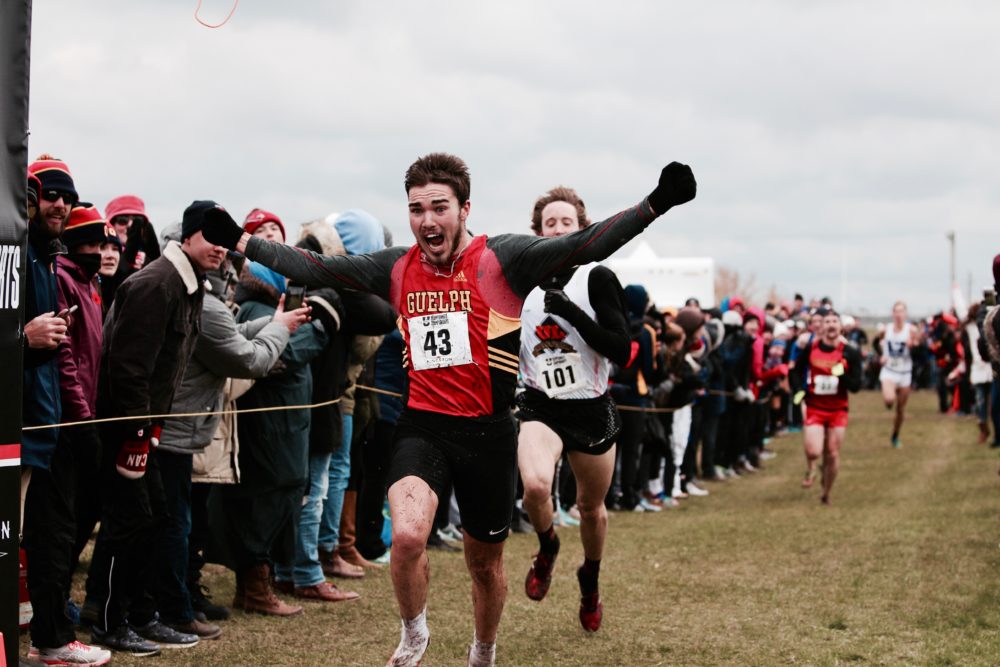The finish line is in sight, your coach is screaming, the runner next to you starts to make their move. Anyone who has ever raced cross country knows this feeling with all too much familiarity. You’ve ran 4900 meters and somehow all of this work will now be decided in the final 100 meters. You go to turn on the jets, and……nothing happens. You lose the battle with the runners around you and cost your team valuable points. But you wanted to kick, of course. So why didn’t it happen? I’m going to give you two strategies that will make sure you can bring the fire down the homestretch when it matters most.
- Use a verbal or visual cue: What is a cue? A cue is a something you see, hear, or tell yourself in order to cause a reaction in your body. Your mind is a powerful force. You can convince it of things long before you ever attempt them. Such is the case with the kick. You can prepare yourself for the final kick with a few simple mental cues. The first could be identifying an exact spot on the course where you will begin the kick. Maybe it’s a tree or a turn on the course. If you identify this spot before the race it will eliminate your hesitation when you get to that point, you will see the reminder and off you go! If you hesitate with your kick you will most certainly be beat by an opponent who is already prepared to go. Another cue could be a coach shouting something as simple as “go now!”. Your coach knows what you have in the tank and is always at the ready to provide a cue when needed. Trust them and let it fly. A final cue could be a thought you tell yourself when you try to kick but you feel like nothing is happening. One of the best things you can tell yourself is to pump your arms. When the legs are gone, the arms can still be controlled. Driving the arms will make the legs follow suit. You can work on this in practice so you are ready to use that cue when it matters most.
- Do the physical work to improve your kick: The kick comes down to simply accelerating in the critical moment of the race. But this must be trained to be executed properly. Plyometrics, max velocity training, weight lifting, hill running, and stride drills are all examples of ways to improve your kick. These should be part of your training plan throughout the year. No amount of cues will matter if your body hasn’t been trained to do the job. So make sure you are regularly working on these important training components. (Shameless Plug: The XLR8 Online Academy has multiple video series that can teach you how to properly execute these training strategies. Reach out if you want more info on accessing these tools.)
So, come up with your cue to be immediately ready for your next kick, and plan out your training to make improvements for the long-haul.
Want to make sure you are ready for the biggest kick possible? That’s what I’m here for! Fill out the following form to get a free consult to get you on your way to your best times ASAP!

Ben Tilus – Owner/Head Performance Coach – XLR8 Performance Lab

